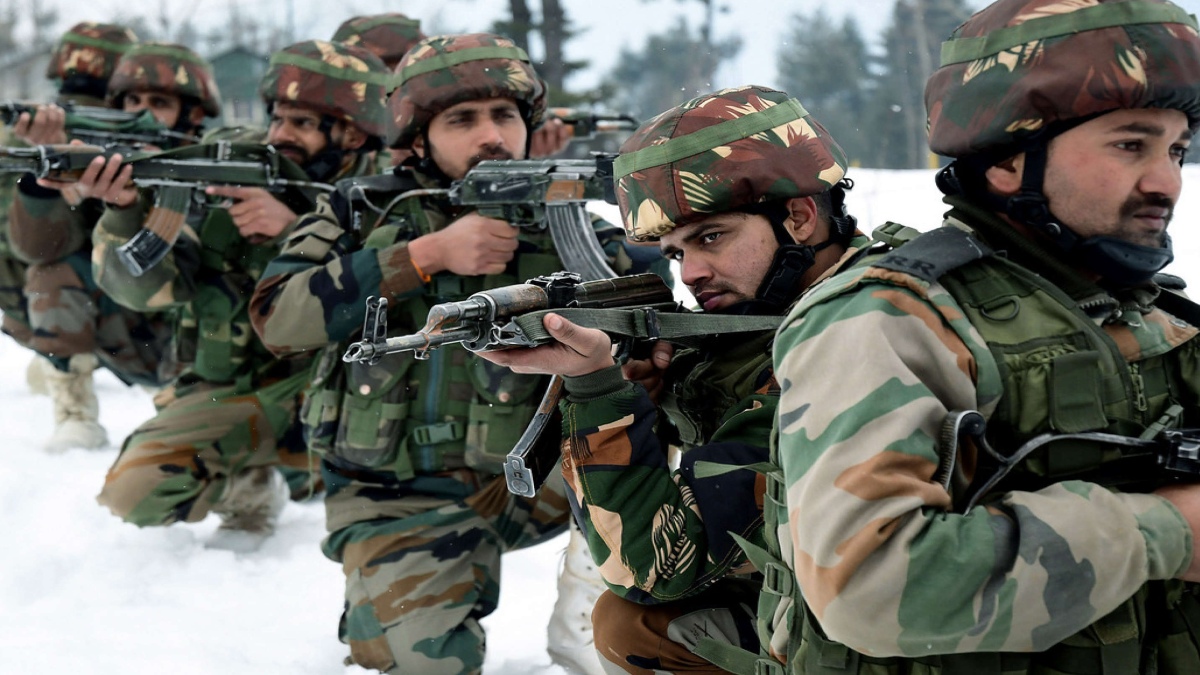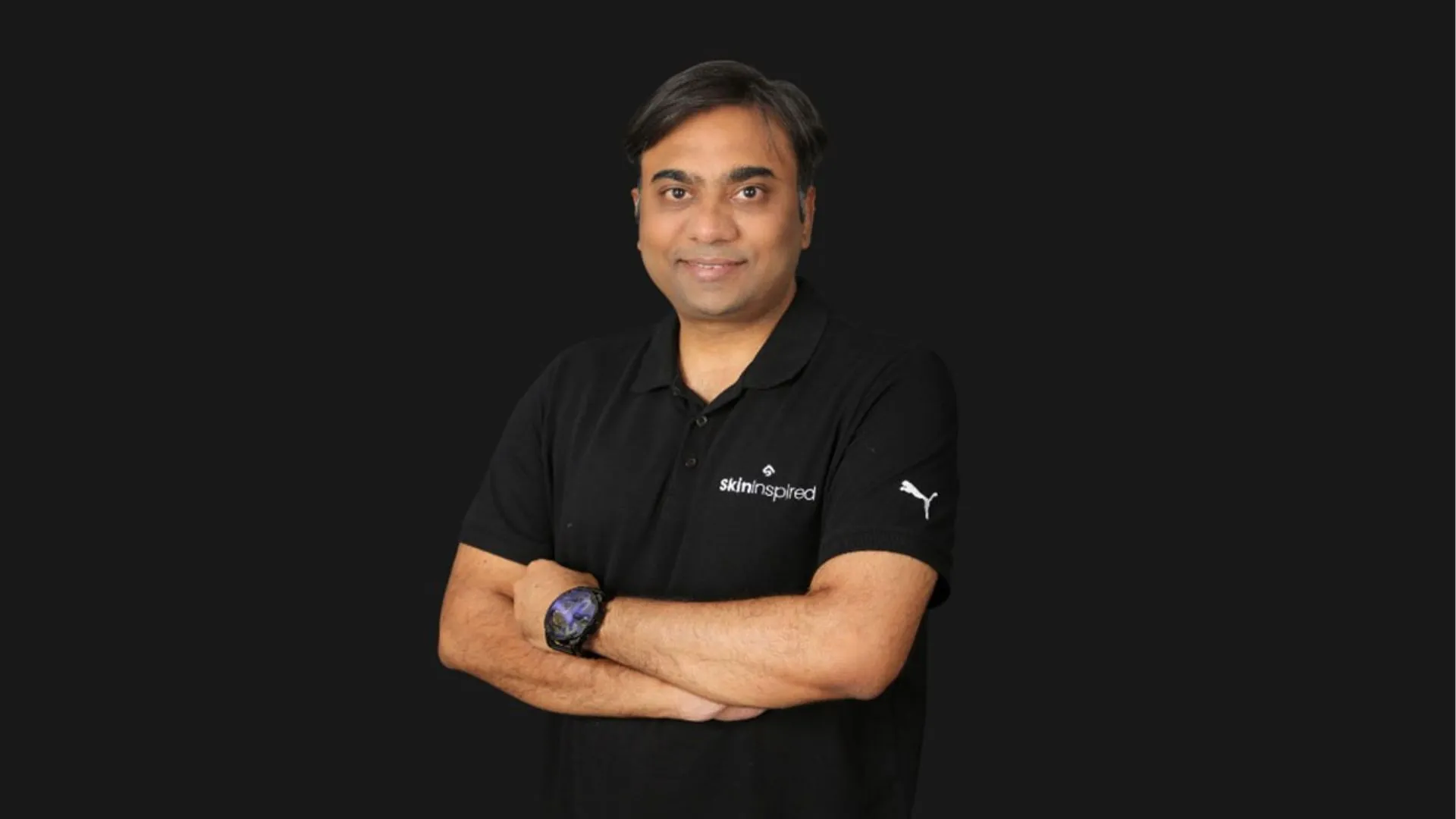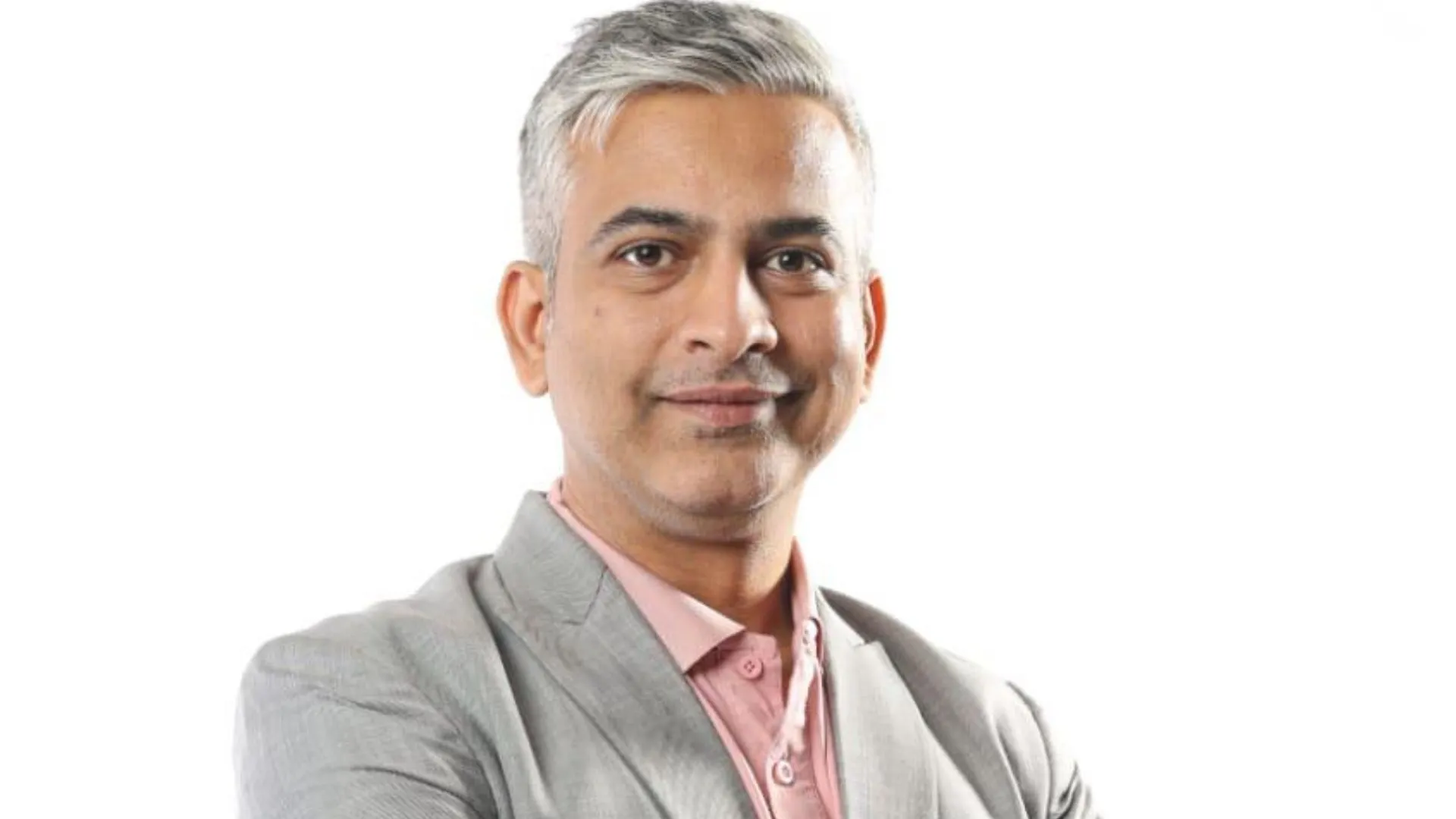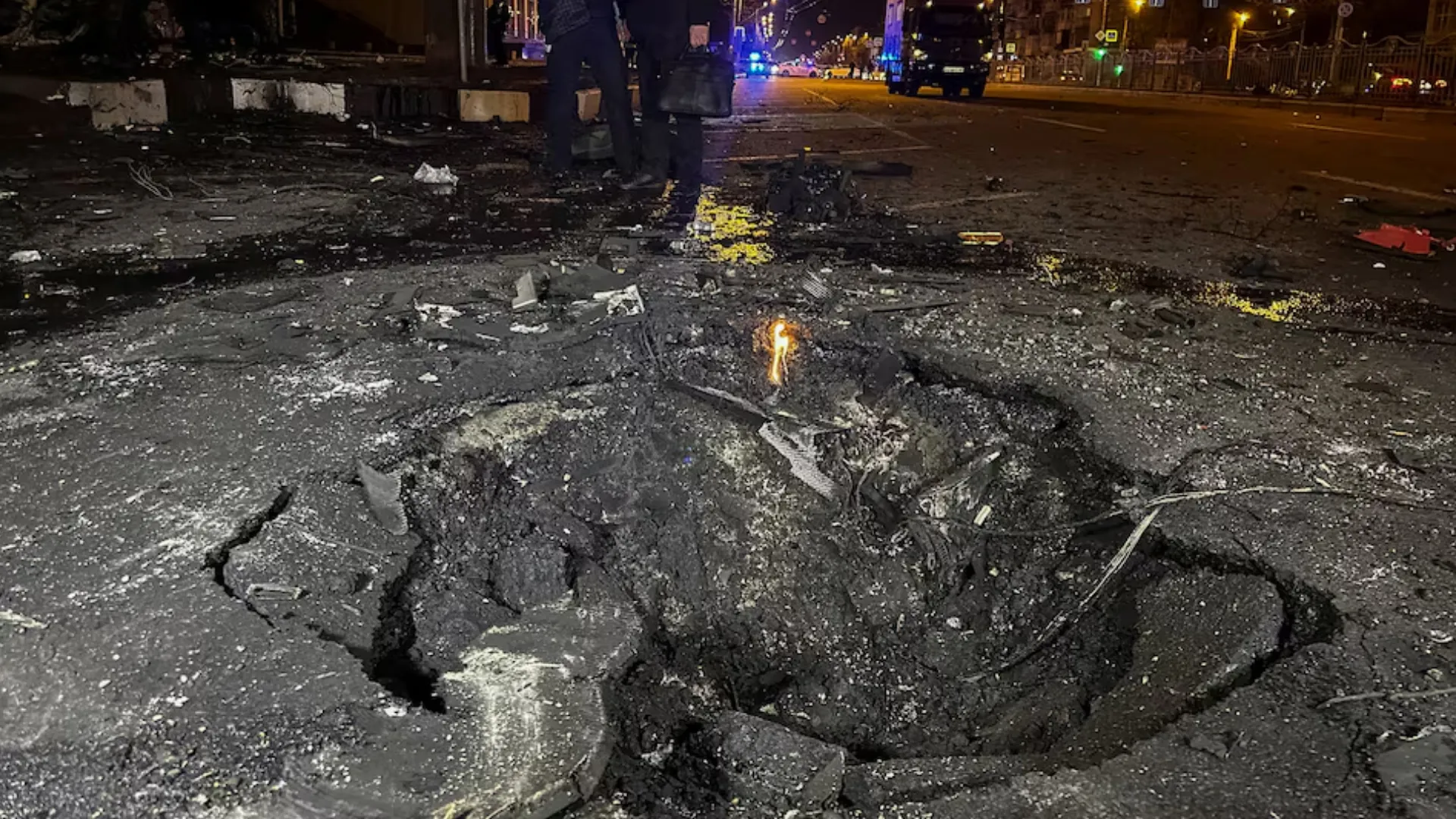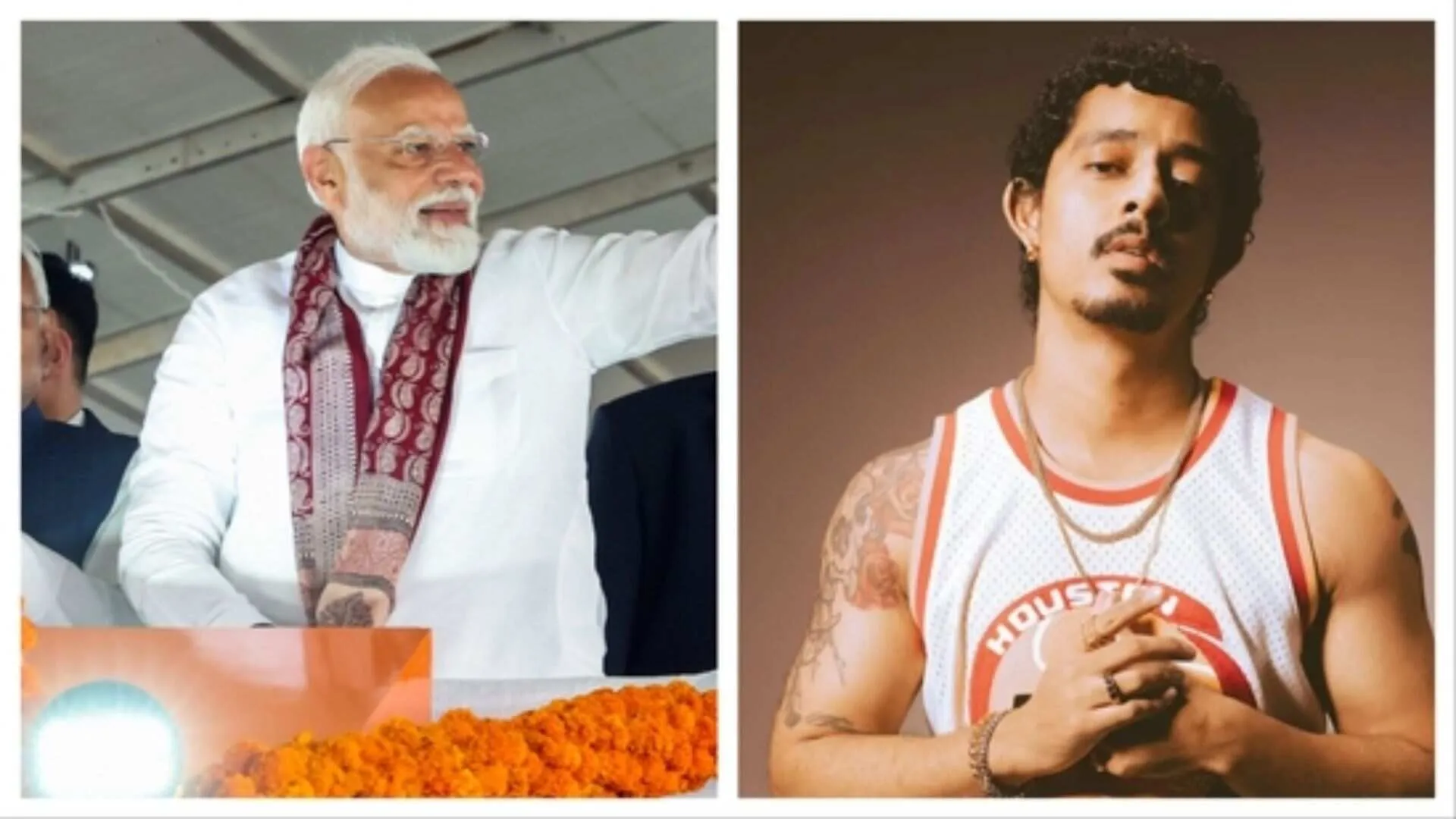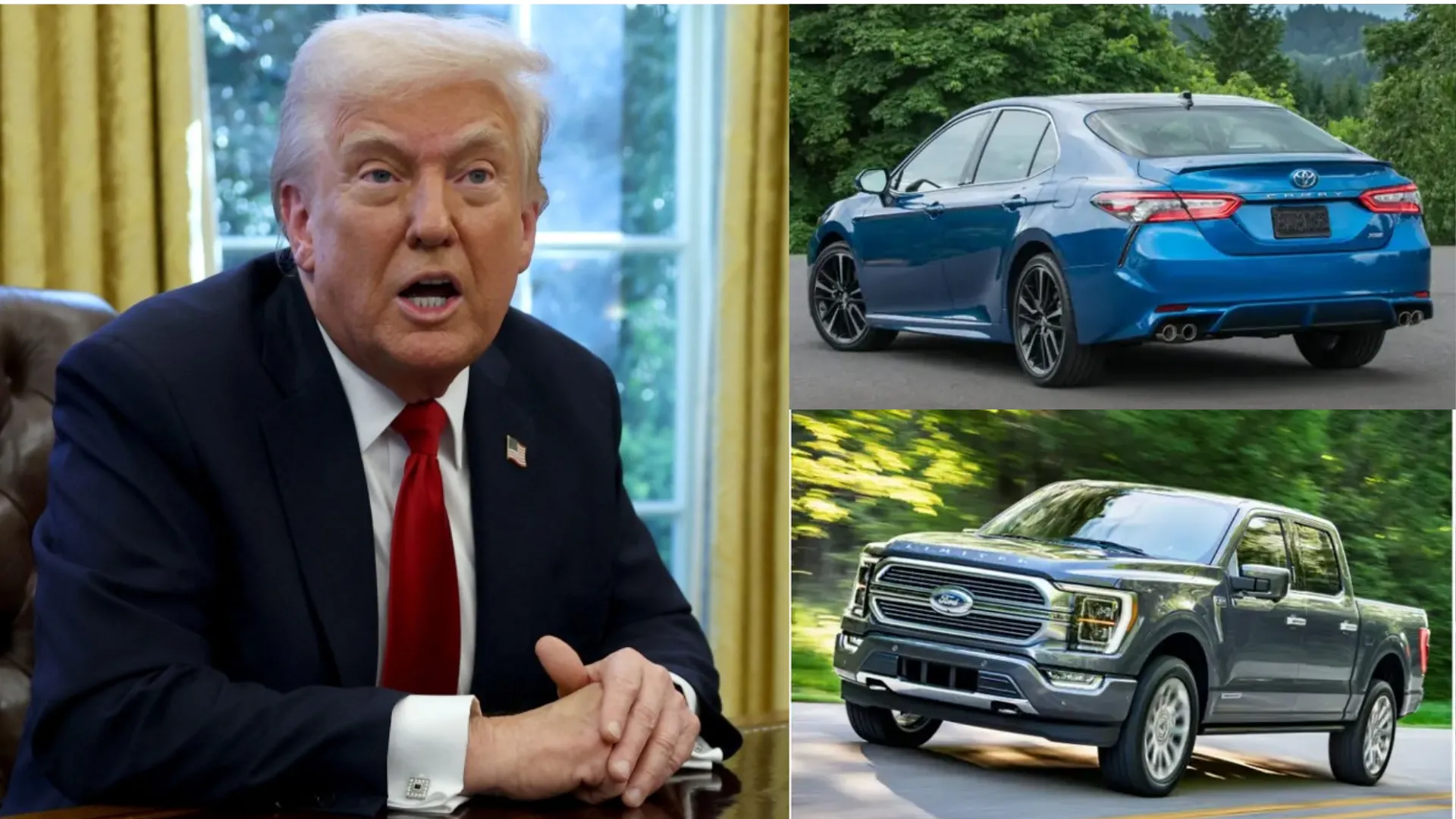India was a poor country in the decade before 1971. Two debilitating wars with China (1962) and Pakistan (1965), truant monsoons, high inflation, food shortages and imports dominated headlines. Five-year plans were suspended from 1966 to 1969 due to a lack of resources. Prime Ministers Nehru and Shastri died in quick succession to cause political instability. Rupee devaluation (1966) triggered huge price rises. Banks were nationalised in 1969. There was a huge refugee problem throughout 71. The economy was in complete tatters. Despite all this India did not flinch when it came to funding for defence. Post-1962, we started to arm to defend ourselves. Indian politico-military leadership prioritised the integrity of the nation irrespective of the cost. The outlook came good in 1965. Our historical GDP and defence spending tell their own story (see graphs). In 1971, India could ill-afford a war. However, it deliberately prepared for a war thrust on it by Pakistan to create Bangladesh. The two decades that followed were very difficult economically but still saw the military continue to modernise unabatedly. Our leaders realised that everything could wait, but not the defence of the country. The trend reversed in the 90s as our economy grew by leaps and bounds. Our leaders tightened purse strings for the defence of the nation. However, under the then prevalent conditions, it was strangely considered appropriate. The trend line has continued into present times.
 DEFENSE EXPENDITURE
DEFENSE EXPENDITURE GDP GRAPH
GDP GRAPH

Post-Kargil War, we reassessed our threats and our national capabilities to embark on a military modernisation drive. In 2010, Stephen Cohen’s book ‘Arming Without Aiming’ described India’s military modernisation as a haphazard military change that lacks political direction, suffers from balkanisation of military organisation and doctrine, remains limited by narrow prospective planning, and is driven by the pursuit of technology free from military-strategic objectives. It also pointed out the dysfunction in the political-military establishment concerning procurement. While issues raised by him had merit, not everything he said was correct. In the period 2000 to 2010, we were ‘arming with an aim’. We were seeking a place in the world order and power structure. We knew that to become a relevant power we had to be armed. However, we lost steam by 2014. ‘Change’ was expected and indicated when the present Government came to power in 2014. It was hoped that we would finally be ‘Armed’ to achieve our ‘Aim’. Furthermore, the present government promised us growth rates where our economy would hit the 5tn USD mark. Consistent with this ideal, our defence modernisation was put on track in the initial period till Manohar Parrikar was the RM. When he moved to Goa things slowed down considerably. Thereafter three things have now changed the equations completely: abrogation of Article 370, the coronavirus with its accompanying economic havoc, and Chinese aggression in Eastern Ladakh. Our threat matrix and global strategic posture have completely transformed. If one adds the technological disruptions, the situation is more complex and dark than ever before. In all this, our ‘aim’ as a nation has not wavered, in fact, it has gone up. Our sights are set higher. We seek global leadership. However, are we arming accordingly? We seem to be heading into a state of ‘aiming without arming’.
The Chinese threat and hostility are now palpable through their military activity and build up across the LAC. Infrastructure for the PLA and PLAAF is being put in place at a frenetic pace. Expressways and roads are being built. The PLA has even turned over two divisions in Eastern Ladakh indicating permanence in deployment. Long-range missiles have been deployed in Tibet. Border villages are being deliberately set up. Locals are being hired to form militias. The Brahmaputra is being dammed in Tibet. Nepal has been compromised in every respect to do China’s bidding. The day is not far when PLA appears in the Terai region along the UP and Bihar borders. Bhutan is being pressurised to part with Doklam completely. In essence, The LAC is being solidified as per a plan laid out by the CMC and enunciated by Xi Jinping. The Chinese threat and preparation have heightened significantly. Chinese economic and military stamina pose great challenges to India. The threat gets further elevated if one considers the collusion from Pakistan. This factor cannot be ignored. Against this steady threat enhancement, we need to examine what our response is.
Atmanirbharta was announced formally last year, though the concept of achieving self-sufficiency had been initiated in 2014 itself. However, it is floundering already. The AK 203 Rifle Factory based on Russian technology is stalled due to pricing issues. There is no alternative created. So we continue to import. A couple of years back, Artillery modernisation was touted as a success with an indigenous gun that passed all trials (Dhanush) and one in an advanced stage of development (ATAGS). If that be so, why do we have to import 400 guns from Israel? The face-off in Eastern Ladakh clearly indicated that we need a tank for high altitudes. We have a possible indigenous solution. Yet we have already started looking actively at Russia for a light tank. Have we considered the bad experience of the AK 203 rifle from Russia? Have we factored in the fallout and effect of continuing to buy Russian arms when our strategic partnership with the US is already under strain due to the S400 deal? When will we get off the Russian feeding bottle? In my opinion, it is ‘Godi Procurement’. We want to build submarines through a strategic partnership with a foreign OEM even though we have built Scorpene submarines through a similar arrangement earlier and are building a nuclear submarine indigenously. We have finally designed Tejas but are unable to ramp up production. Overall we might have had some success in building platforms but are unable to arm them. Getting the drift? I can go on.
The CDS was appointed early last year with the task of synergising the Armed Forces. It was visualised that it will lead to jointness and setting up of Theatre Commands. The experience of the high-level faceoffs with China should have helped us in taking forward our vision. However what is the result? Initially, the Navy had issues with the concept and even leaked out an official document into social media. Now the Air Force has aired reservations about theatre commands which never went away in the first place. Their apprehensions are also out on the street. A committee is now set up to chart the way forward which should have been done at the beginning itself. Theatrisation is on a rocky road. What is more worrying is that jointness has not progressed to build a formal base to pave the way for theatrisation. One cannot go without the other.
Overall our ability to meet the long term threats hinges on our capability to be Atmanirbhar in weapon procurement and transform into a joint system based on theatre commands. However, the evidence is that we are still looking to meet our immediate requirements and not investing in long term solutions. Where we have opted for the long term solution we do not seem to have the teamwork and determination to take it to its logical conclusion. The present requirement is being met through ‘urgent’ imports and even worse, through leasing. Leasing represents the worst of all evils. That is worryingly increasing in scope. The requirement is to put in hard work for the future in core weapons systems. However, a lot of effort seems to be going into the peripherals. The 20-point reforms of the MOD do not add up to combat enhancement or efficiency unless executed. The purported transformation is driven by officials who cannot differentiate between combat engineers and MES. Individuals are being christened as ‘Chota Kalams’ for non-military achievements that will not enable the armed forces to take the technological leap for future battlefields. The ideological thrust of indigenisation of military tunes will not improve our combat ability. Indiscriminate utilisation of war fighting material or arbitrary sacking of senior officers is detrimental to morale. An opaque infrastructure plan does not instil confidence. Hence all transformation plans are suspect.
The overview is that as a nation we are aiming high. No harm. We must. However, we have to match actions with words. Power still flows from the barrel of a gun! Unfortunately, we fall short there. There are a lot of talks and no action. Overall what is coming through is that the Political-Bureaucratic-Military leadership is not on the same page. Each segment of our military leadership seems to be driven by an agenda of its own. It is also clear that we do not have a national strategy or a capability development plan which is unfolding since prevarication and debate remains very high on issues that we thought were settled. To match all this, our economy is getting hit badly by the coronavirus pandemic. Very soon we will be facing the evolving situation with our residual military power without adding on to it. Overall we are in the situation in which we were in 1971. At that time the Politico-Military resolve bailed us out. I do not have the confidence to say so now since the general systemic failure during the second wave is stark and fresh in my mind. The challenge to the current Political-Bureaucratic-Military leadership is to infuse confidence in the people that they mean business and are doing enough. As a nation, we have to hunker down and meet the challenge. In my opinion, we have come to a stage where the government will have to take the call that it will do the needful to stem the Sino-Pak tide. To ‘aim’ high, we need to ‘arm’ accordingly.
Lt Gen P.R. Shankar was India’s DG Artillery. He is highly decorated and qualified with vast operational experience. He contributed significantly to the modernisation and indigenisation of Artillery. He is now a Professor in the Aerospace Dept of IIT Madras and is involved in applied research for defence technology. His other articles can be read on www.gunnersshot.com
The overview is that as a nation we are aiming high. No harm. We must. However, we have to match actions with words. Power still flows from the barrel of a gun! Unfortunately, we fall short there. There are a lot of talks and no action. Overall, what is coming through is that the Political-Bureaucratic-Military leadership is not on the same page. Each segment of our military leadership seems to be driven by an agenda of its own. It is also clear that we do not have a national strategy or a capability development plan which is unfolding since prevarication and debate remains very high on issues that we thought were settled. To match all this, our economy is getting hit badly by the coronavirus pandemic. Very soon we will be facing the evolving situation with our residual military power without adding on to it.

